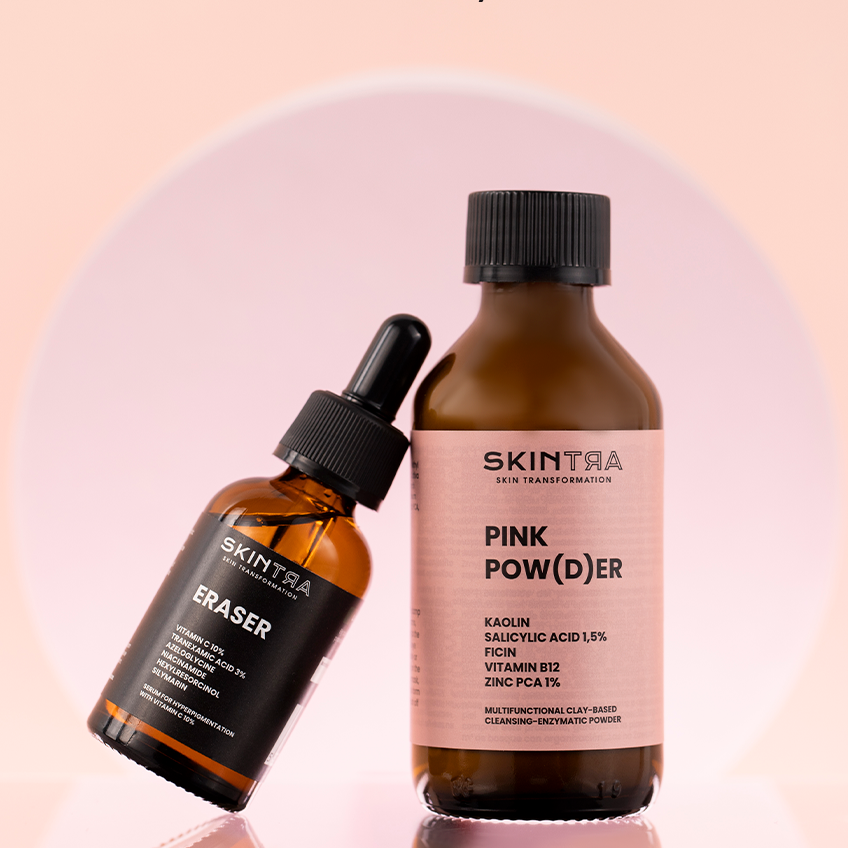Testing
Are cosmetics pre-market tested?
Yes, without a doubt
Are there any mandatory tests?
The answer is yes, depending on the type of cosmetic. This time, however, I wanted to focus on the research that is not mandatory but should be.
Analyses of phototoxicity and photoallergy
Both tests are mainly conducted on raw materials and photoprotective products.
Paradoxically, when exposed to UV radiation, chemical sunscreens can cause side effects.
As you know, in order to protect ourselves from the sun, we apply cosmetics with SPF. The evaluation of these tests is, therefore, extremely important.
The answer is yes, depending on the type of cosmetic. This time, however, I wanted to focus on the research that is not mandatory but should be.
Analyses of phototoxicity and photoallergy
Both tests are mainly conducted on raw materials and photoprotective products.
Paradoxically, when exposed to UV radiation, chemical sunscreens can cause side effects.
As you know, in order to protect ourselves from the sun, we apply cosmetics with SPF. The evaluation of these tests is, therefore, extremely important.

An overview of the tests
The product is applied to a given area of the skin, which is then irradiated with UVA, UVB and UVC light.
In the following step, the skin is examined for signs of phototoxicity and/or photoallergies, for example, blisters filled with fluid or erythema.
Each subject's phototype is then determined.
In the following step, the skin is examined for signs of phototoxicity and/or photoallergies, for example, blisters filled with fluid or erythema.
Each subject's phototype is then determined.

WHY DO WE NEED TO WRITE ABOUT THIS?
Acidic products have long been declared
non-phototoxic and non-photoallergic.
In most cases, the manufacturers' assurances have not been backed up by testing of the cosmetic, but rather by testing of the acids used, which does not apply 1:1 to the final product.
It is important to remember that cosmetic products are mixtures. As raw materials combine, numerous chemical reactions can occur, changing the properties of the resulting product.
Furthermore, some raw materials in the products, such as solvents or preservatives, may already be harmful when exposed to UV rays.
In most cases, the manufacturers' assurances have not been backed up by testing of the cosmetic, but rather by testing of the acids used, which does not apply 1:1 to the final product.
It is important to remember that cosmetic products are mixtures. As raw materials combine, numerous chemical reactions can occur, changing the properties of the resulting product.
Furthermore, some raw materials in the products, such as solvents or preservatives, may already be harmful when exposed to UV rays.

Based on what we know, SkinTra also indicates that no phototoxsically or allergicly stimulating activities are taking place. Our statement is based on the results of research conducted in this area.
A total of 30 probands with phototypes I-III took part in the study. None of the participants experienced an adverse reaction. Therefore, the products can be used all year round, even in the summer.
As with all types of cosmetics, when a product causes thinning and sensitivity, the possibility of discoloration or irritation increases. Therefore, it is essential to use photo-protective cosmetics year-round.
A total of 30 probands with phototypes I-III took part in the study. None of the participants experienced an adverse reaction. Therefore, the products can be used all year round, even in the summer.
As with all types of cosmetics, when a product causes thinning and sensitivity, the possibility of discoloration or irritation increases. Therefore, it is essential to use photo-protective cosmetics year-round.


